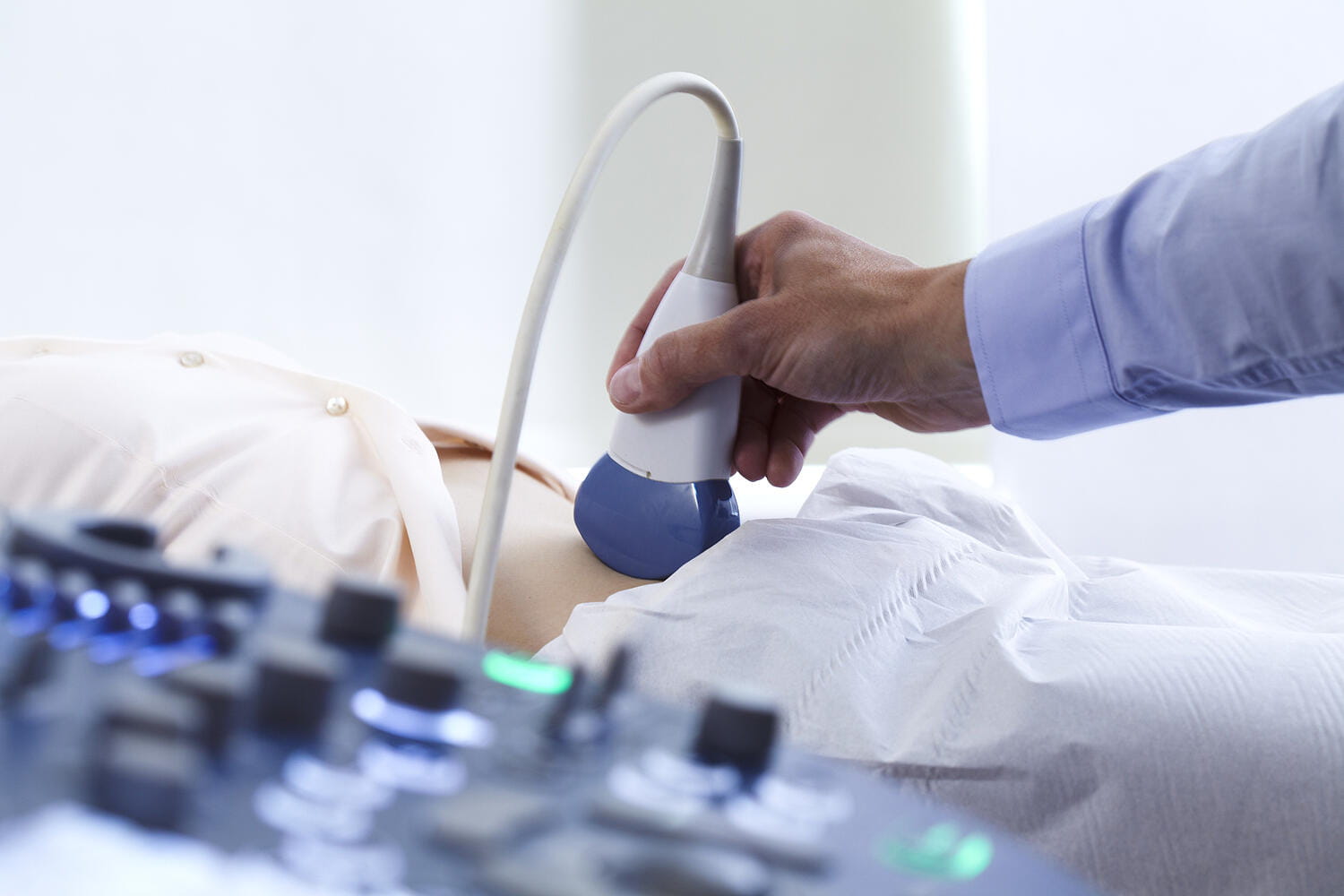Early-stage hepatocellular carcinoma can be challenging to detect—it doesn’t have to be

The prognosis for patients who have a diagnosis of hepatocellular carcinoma (HCC) is not optimistic—more than 30,000 patients in the United States who have HCC will die in 2021.
The mortality figure needn’t be so dire. The goal of surveillance for HCC, which is recommended for patients at risk, such as those who have chronic viral hepatitis or cirrhosis, is to detect HCC early when curative treatments are available.
Although surveillance for the detection of HCC is underutilized, the potential for surveillance to find early-stage HCC and increase the 3-year survival rate has been established.
Key factors limiting surveillance success
Several factors influence surveillance success. Obviously, screening tool utilization plays an important role; however, the standard-of-care surveillance tools—ultrasonography and serologic estimation of alpha-fetoprotein (AFP)—individually or when used in combined protocols—can lack sufficient accuracy to detect the earliest stages of HCC.
Sensitivity and specificity
In a recent meta-analysis that included more than 13,000 patients who had cirrhosis, ultrasonography, when used alone to detect early-stage HCC, demonstrated low sensitivity, or the ability to detect HCC in patients who actually had it.
- Ultrasonography detected early-stage HCC with 47% sensitivity and any-stage HCC with 84% sensitivity
– The specificity for ultrasonography alone was 92% - Adding AFP to ultrasonography increased its sensitivity to 63% in detecting early stage HCC, but with a resulting decrease in specificity (84%), that is, an increase in false-positive results
Utilization and consistency
Utilization
Surveillance of HCC remains underused even though multiple professional societies recommend it. Although utilization is relatively high among gastroenterology and hepatology subspecialties (approximately 74%), the use of surveillance for HCC in primary care is low (9%) and underscores the need for interventions that may increase surveillance.
Consistency
A large retrospective study of HCC diagnoses made in nearly 14,000 patients revealed that most patients (51%) who had cirrhosis were not monitored before the diagnosis. Furthermore, fewer than 7% of patients had undergone consistent surveillance (at least 1 ultrasonograph per year).
Compared with inconsistent surveillance (fewer than 1 ultrasonograph per year), consistent surveillance led to early detection and lower mortality, although any surveillance was better than no surveillance at all.
- The rate of 3-year survival was higher among patients who were monitored consistently (23%) and those who were monitored inconsistently (19%) than among patients who were not monitored (13%).
Misconceptions and barriers
Underutilization of surveillance for HCC is due in part to barriers faced by patients and physicians, especially in the primary care setting.
Providers
Primary care practice occupies a central role in the coordination and delivery of patient care. In this role, most primary care providers (PCPs) order surveillance of HCC for patients who have cirrhosis. However, many PCPs hold important misconceptions that limit the success of surveillance:
- 11% of PCPs believe that physical examination is sufficient to monitor for HCC
- 30% believe that monitoring liver enzyme levels is adequate for surveillance
These PCPs also report that they sometimes confront practice- and patient-related barriers to surveillance. In the office, time constraints and competing concerns are major barriers. Furthermore, PCPs note that they experience challenges to surveillance such as staying up to date with surveillance recommendations, concluding that surveillance should be reserved for specialty providers, and difficulty arranging follow-up appointments for their patients.
Patients
Fewer than 30% of eligible patients adhere to recommended surveillance for HCC. Often, patients believe that surveillance is not necessary if they maintain a healthy diet, have had an unremarkable physical examination, or do not have symptomatic evidence of liver disease. Notably, 50% of patients report barriers to undergoing surveillance that include scheduling difficulties, surveillance-related expenses, and transportation problems.
In light of these factors, the performance of surveillance tools, underutilization of surveillance, and poor adherence to surveillance must be overcome and improved.
Visit us again soon at OncoguardLiver.com/education to learn more about the future of HCC surveillance.
The foregoing information is for informational purposes only, and is not treatment advice for any particular patient. Physicians should use their clinical judgment and experience when deciding how to diagnose or treat patients.
Bibliography
American Cancer Society website. Liver cancer. Available at https://www.cancer.org/cancer/liver-cancer. Accessed March 4, 2021.
Choi DT, Kum HC, Park S, et al. Hepatocellular carcinoma screening is associated with increased survival of patients with cirrhosis. Clin Gastroenterol Hepatol. 2019;17:976-987.
Farvardin S, Patel J, Khambaty M, et al. Patient-reported barriers are associated with lower hepatocellular carcinoma surveillance rates in patients with cirrhosis. Hepatology. 2017;65:875-884.
Martínez-Chantar ML, Avila MA, Lu SC. Hepatocellular carcinoma: updates in pathogenesis, detection and treatment. Cancers (Basel). 2020;12:2729-2734.
Simmons OL, Feng Y, Parikh ND, et al. Primary care provider practice patterns and barriers to hepatocellular carcinoma surveillance. Clin Gastroenterol Hepatol. 2019;17:766-773.
Tzartzeva K, Obi J, Rich NE, et al. Surveillance imaging and alpha fetoprotein for early detection of hepatocellular carcinoma in patients with cirrhosis: a meta-analysis. Gastroenterology. 2018;154(6):1706-1718.e1.
Wolf E, Rich NE, Marrero JA, Parikh ND, Singal AG. Use of hepatocellular carcinoma surveillance in patients with cirrhosis: a systematic review and meta-analysis. Hepatology. 2021;73:713-725.
